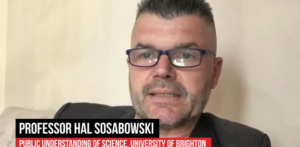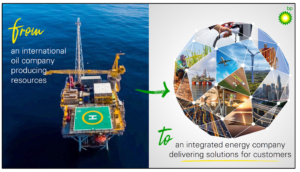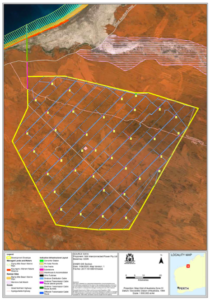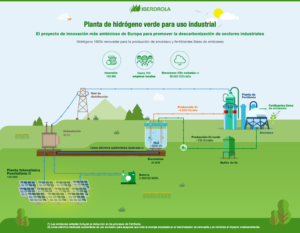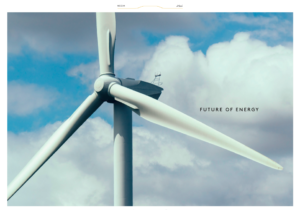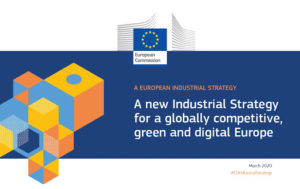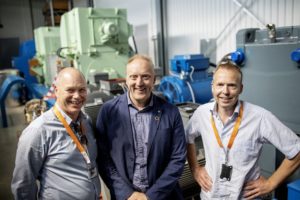Hazard identification, feedback loops, risk tolerance
There are many lessons to be drawn from the explosion in Beirut last week. Perhaps the most important is that we, as a society, always have a choice: to learn from our mistakes, or to repeat them. We can debate the root cause and find individuals and systems at fault — and we must do these things — but if we don’t make use of those learnings, and change our future behavior, we’ll have missed the point. As one commentator put it, the cause of the Beirut explosion was clear-cut: “Once again, society not learning from its own mistakes. For hundreds of years, there have been situations where too much ammonium nitrate has been kept in the same place at the same time.”
